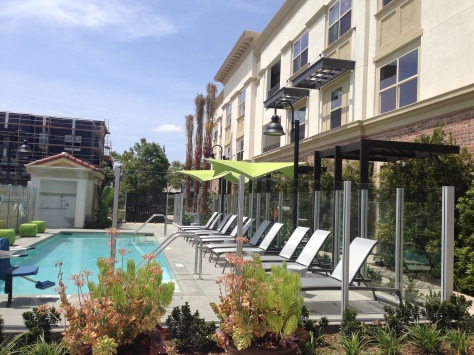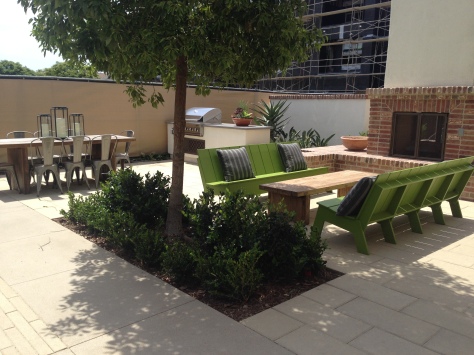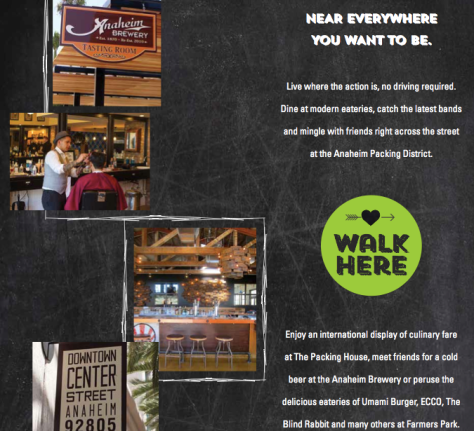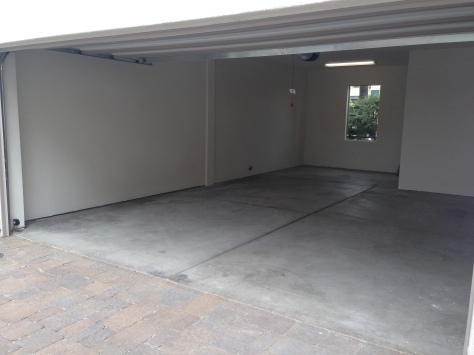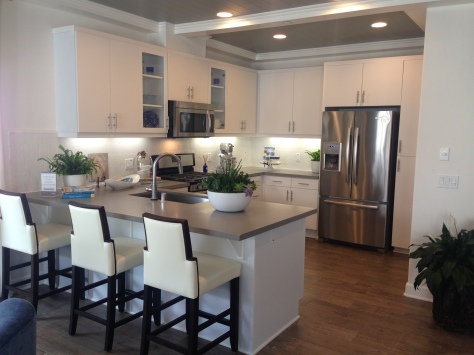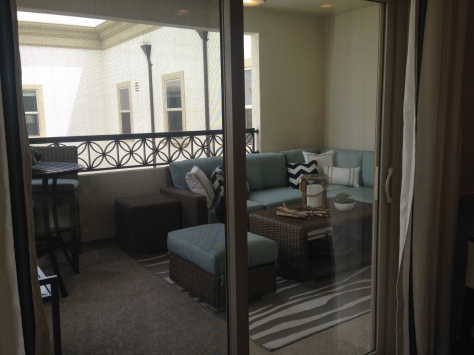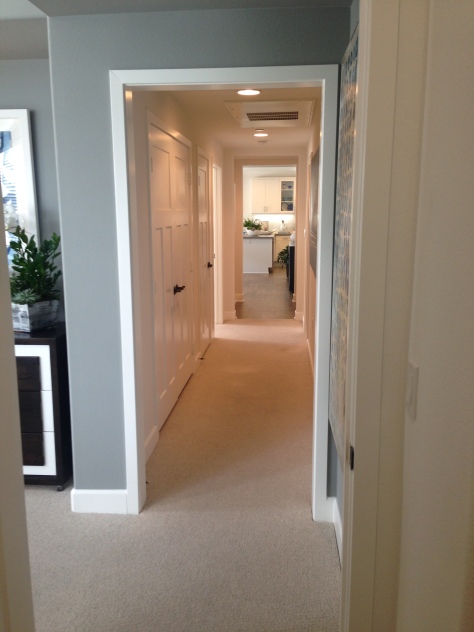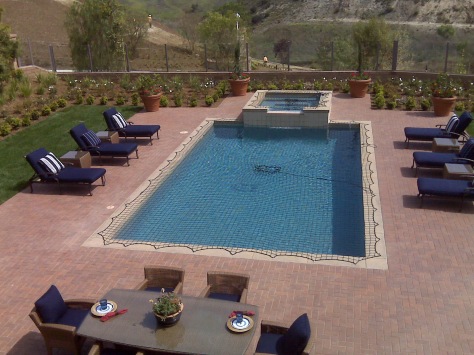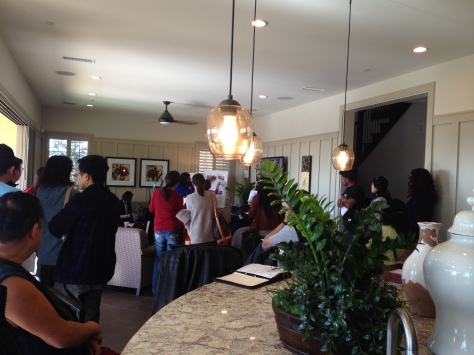As a society, we’ve been trying to design housing to provide the best balance of proximity with open spaces and quiet. As a result, some far-fetched ideas never make it and some are built with lofty expectations.

At the height of the housing boom of ’04-’06, investors were literally drowning in credit lines and cash and the housing market seemed like a no-brainer for growth. Since the new generation of buyers didn’t seem to mind about shrinking backyard spaces (or no backyard at all), builders started to think even bigger.

 With successful rejuvenated Downtown areas like the Gaslamp District in San Diego gaining headlines, it became easier to pitch to investors that buyers have come full circle: Suburbs are out; downtown living is in. California freeways are getting slower and slower. Couples are getting married much later in life and having less kids or no kids at all.
With successful rejuvenated Downtown areas like the Gaslamp District in San Diego gaining headlines, it became easier to pitch to investors that buyers have come full circle: Suburbs are out; downtown living is in. California freeways are getting slower and slower. Couples are getting married much later in life and having less kids or no kids at all.


After all, everyone longs for living like the characters of “Friends” and “Seinfeld” where they’re only a short elevator ride away from bars, subway access and, shopping, right?
Well….sort of. There are many factors that made these mid-rise developments immediate flops. For starters, the lifestyle would not be like Seinfeld because most would still need to commute to just about everywhere. Public transportation in Southern California has always been very limited due to our love for cars and freeways. Socially, Orange County has been notorious for being “snobs” that don’t even know who lives next door. Forget about the idea of going downstairs to the local bar or hangout where “everyone knows your name.”
While the fancy marketing and amenities were enough to get crowds to the models, buyers knew the idea was a contradiction on many levels.


Going Urban 2.0
After the countless price reductions and conversions to rentals, builders were able to learn many lessons.
Brookfield’s “The Domain” community is directly across the street from The Packing District of Anaheim.
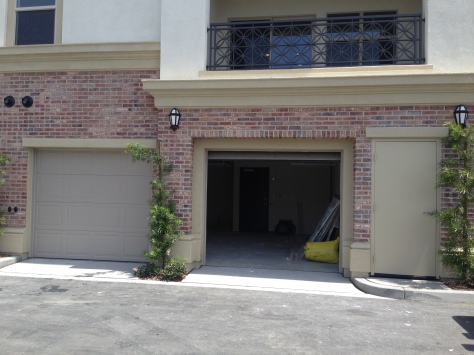
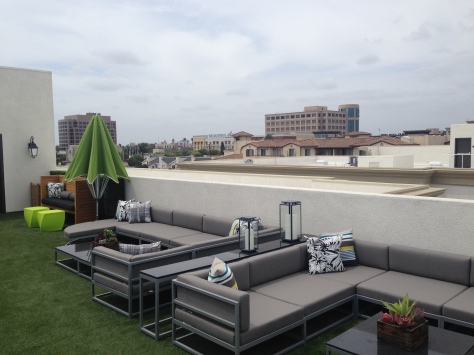
No project was impacted by the flop more than Anaheim’s “A-Town” project that was supposed to take cues from San Diego’s Petco Park.

From the OC Register:
“Gone are the grandiose ideas to change Anaheim’s skyline with 11 high-rises, an urban village of 2,681 homes and 150,000 square feet of office and retail space near Angel Stadium….
Plans now call for building 1,400 to 1,742 condominiums and apartments, along with up to 50,000 square feet of shopping and office space grouped into eight neighborhoods spanning 43.1 acres, according to a revised development application submitted Thursday to the Anaheim Planning Department.”
After reading the article, most of the blame was placed on the housing market. I have a feeling the builders are in denial or just don’t get it.






